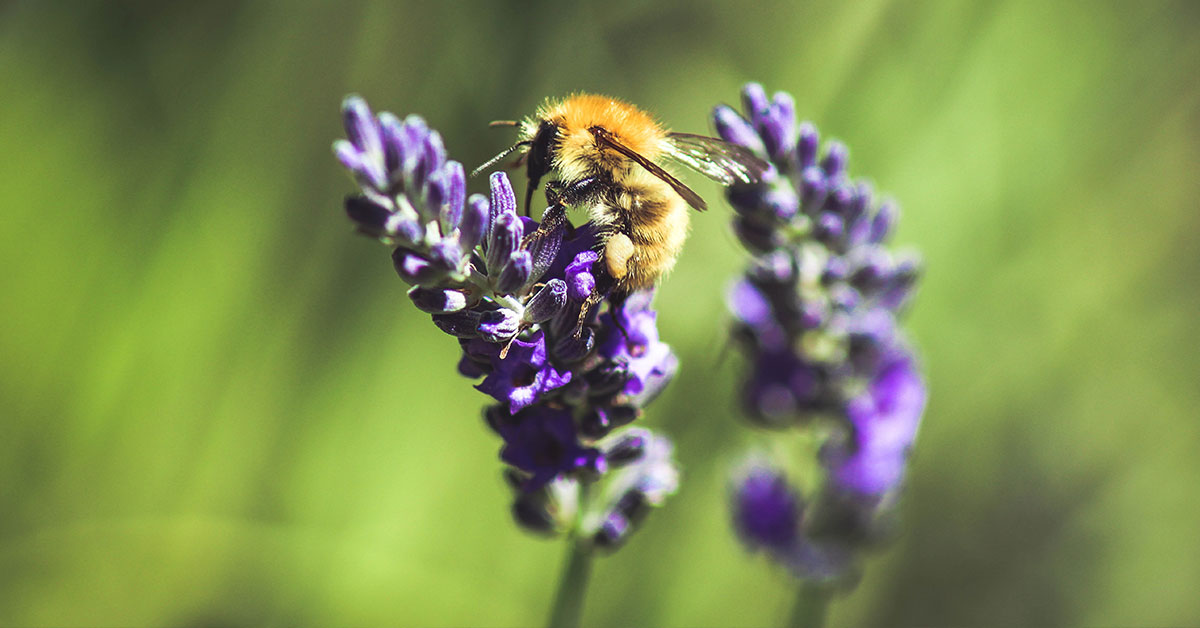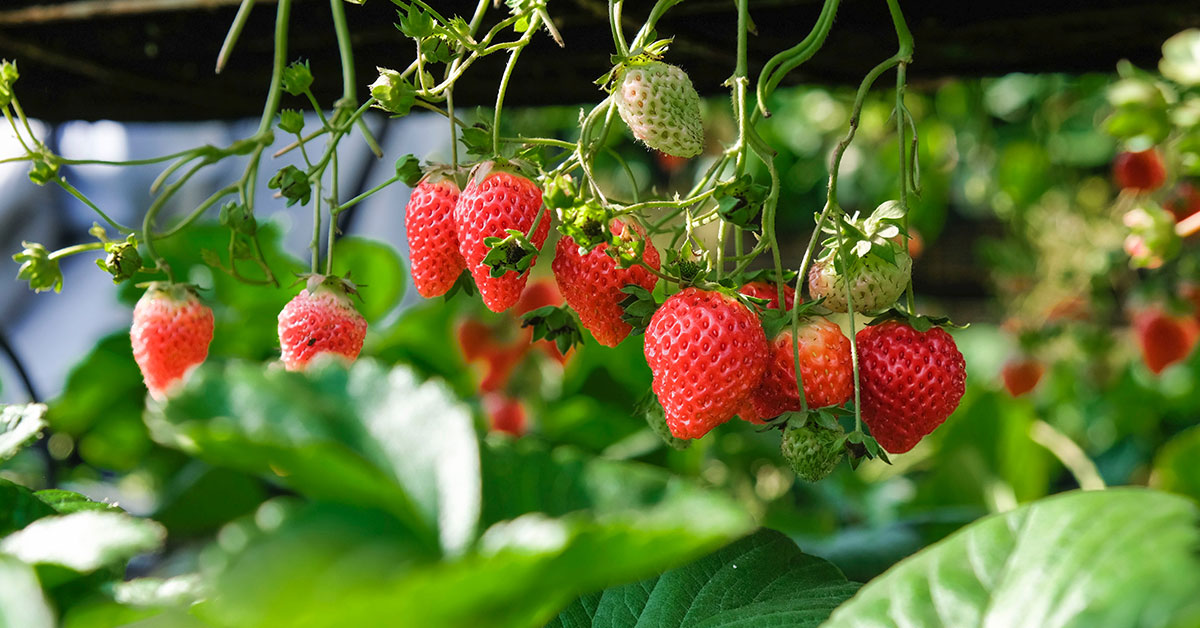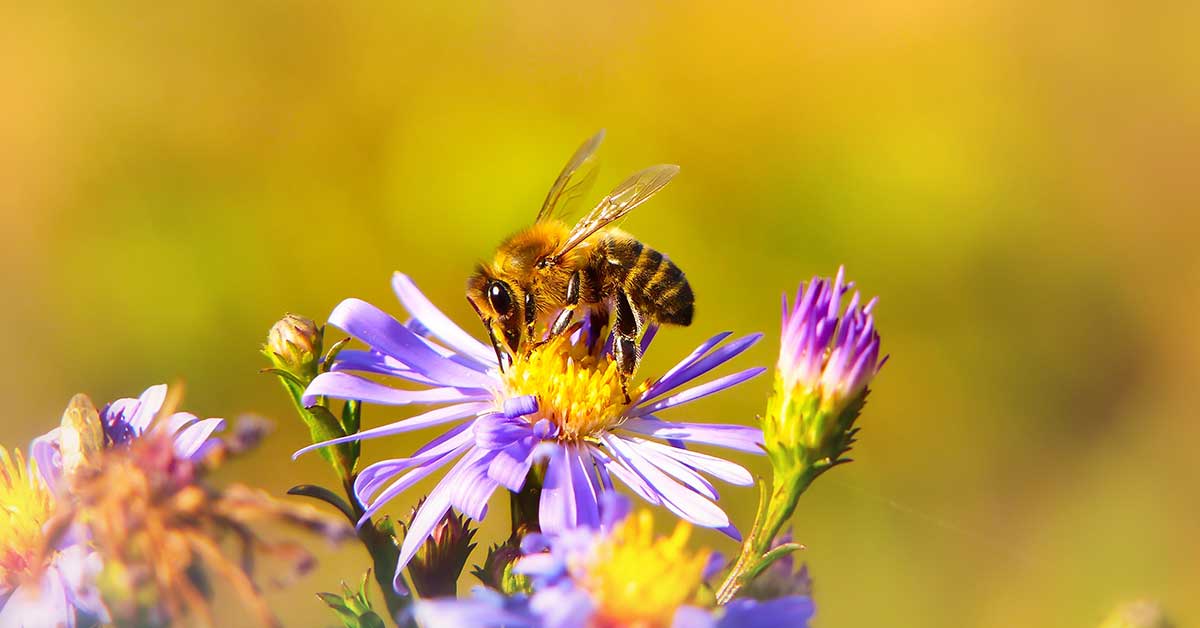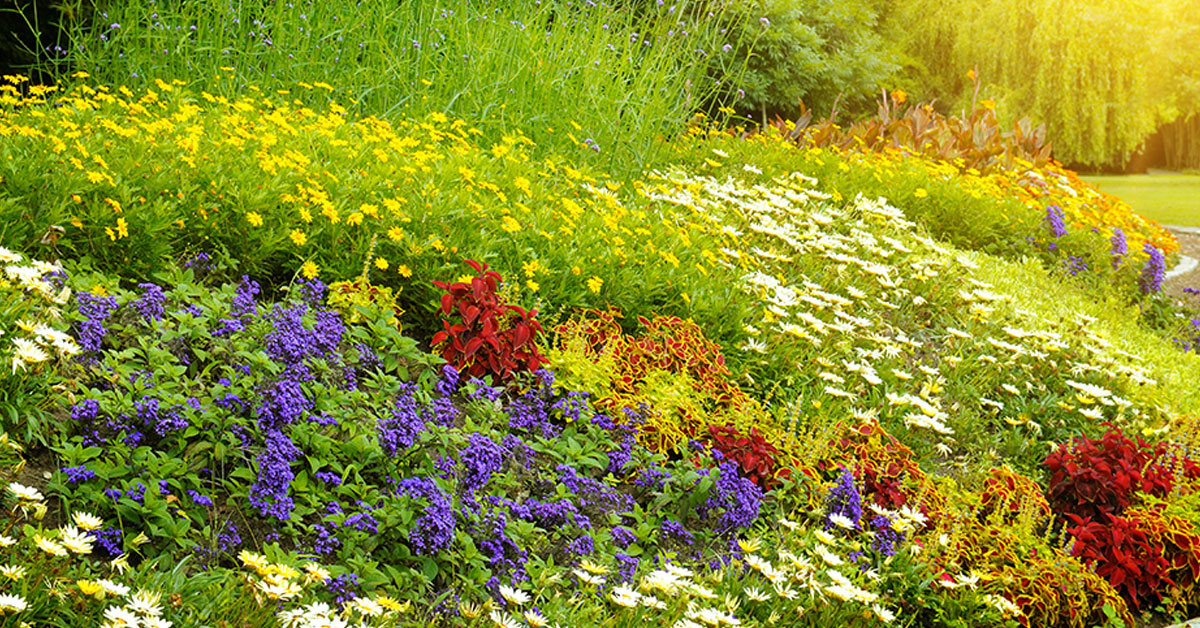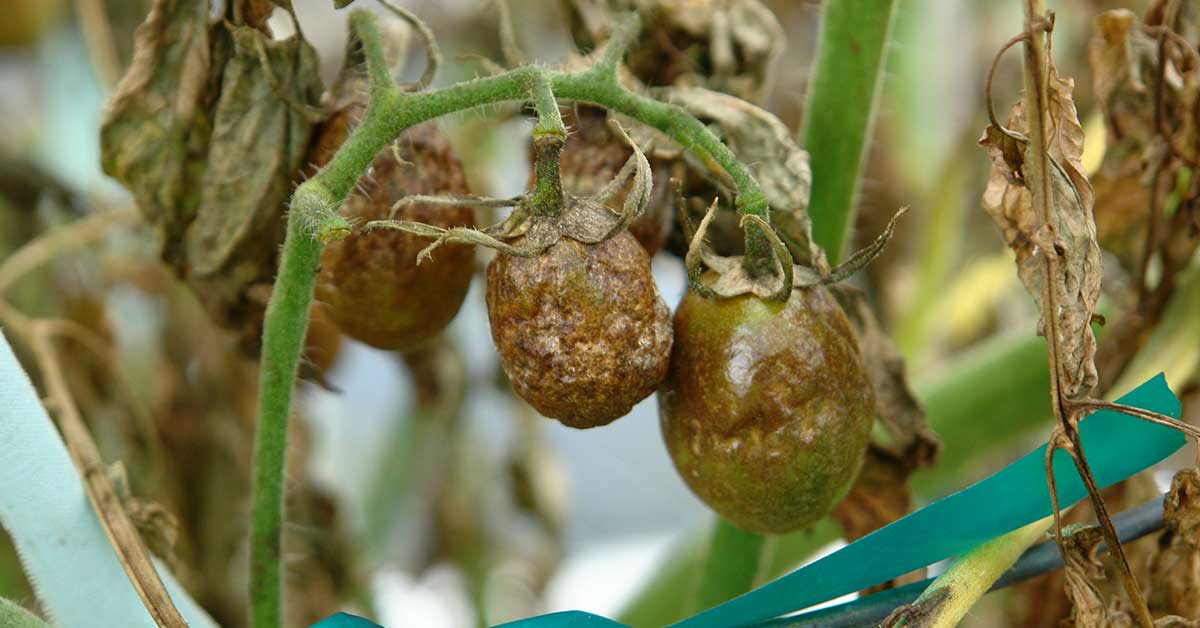Gardening isn’t just about creating a beautiful space; it’s also about fostering a healthy ecosystem. One of the best ways to achieve this is by attracting beneficial insects to your garden. These insects can help control pests, pollinate plants, and contribute to the overall health of your garden. As an enthusiastic gardener, I’m thrilled to share some fantastic flowers that will not only add beauty to your garden but also invite these helpful critters!
In this article, we’ll explore ten flowers that attract beneficial insects to your garden. Each of these flowers has unique characteristics that appeal to various beneficial insects, making your garden a thriving, balanced environment. Let’s dive in and discover how these blooms can support your gardening efforts!
Marigold
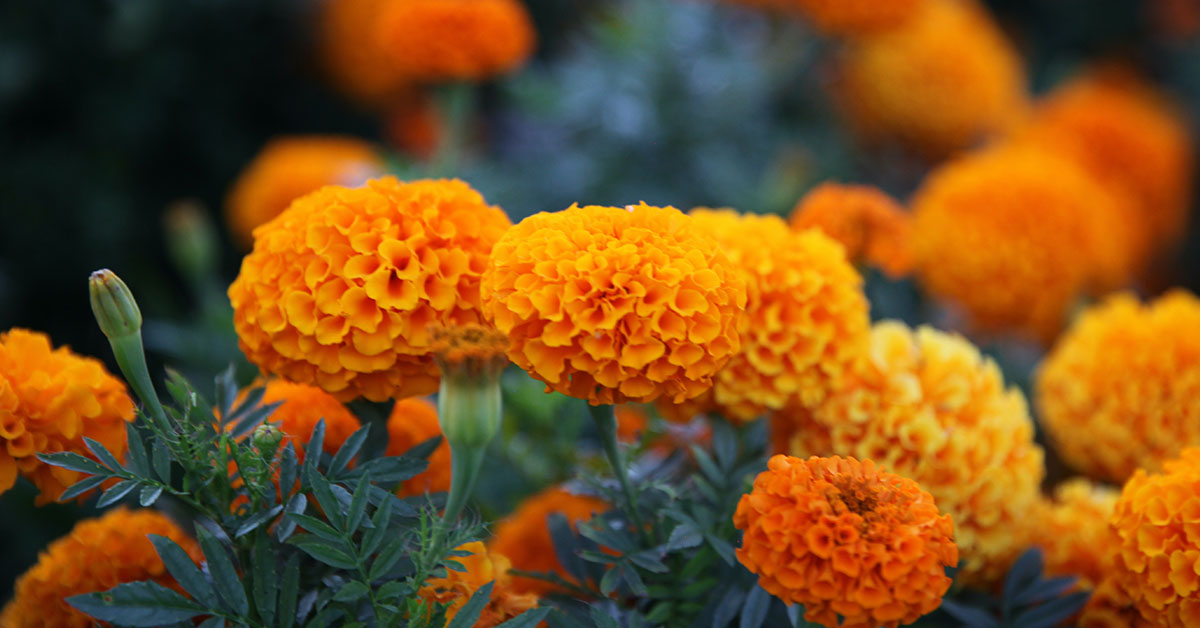
Marigolds (Tagetes) are vibrant flowers that attract a variety of beneficial insects, including ladybugs, lacewings, and hoverflies. These insects are natural predators of aphids, whiteflies, and other common garden pests. Marigolds also have a unique scent that helps repel harmful insects, making them a dual-purpose plant in your garden.
To grow marigolds, plant them in full sun with well-drained soil. They are easy to care for and require regular watering and occasional deadheading to keep blooming throughout the season. Their bright colors and pest-repellent properties make marigolds a must-have for any garden!
Yarrow
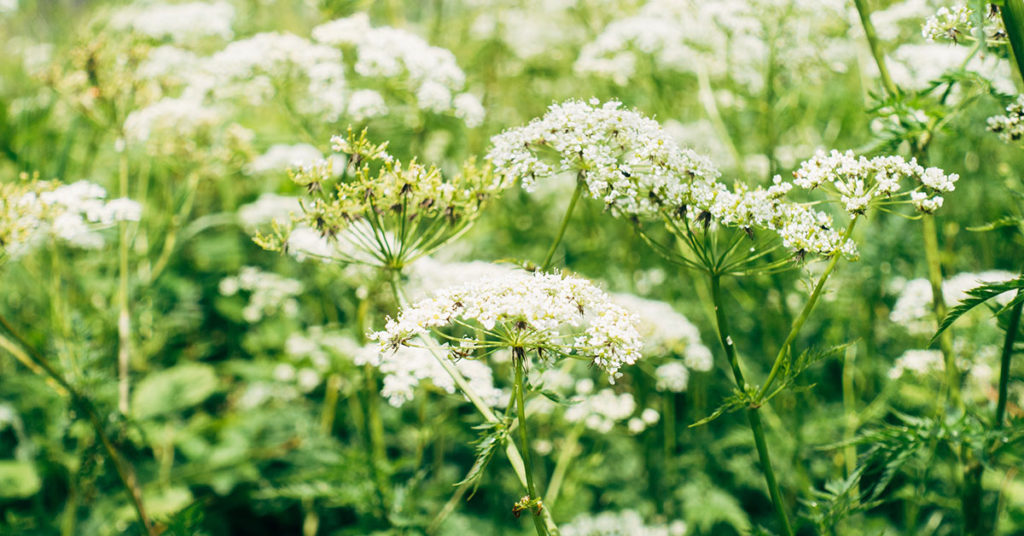
Yarrow (Achillea millefolium) is a hardy perennial that produces clusters of tiny, flat-topped flowers in colors ranging from white to pink, red, and yellow. This plant is a magnet for beneficial insects like ladybugs, lacewings, and parasitic wasps, which help control aphids and caterpillars. Yarrow also attracts pollinators like bees and butterflies.
Plant yarrow in full sun and well-drained soil. It is drought-tolerant and requires minimal maintenance once established. Regular deadheading will encourage more blooms. Yarrow’s long-lasting flowers and ability to attract beneficial insects make it an excellent addition to any garden.
Lavender
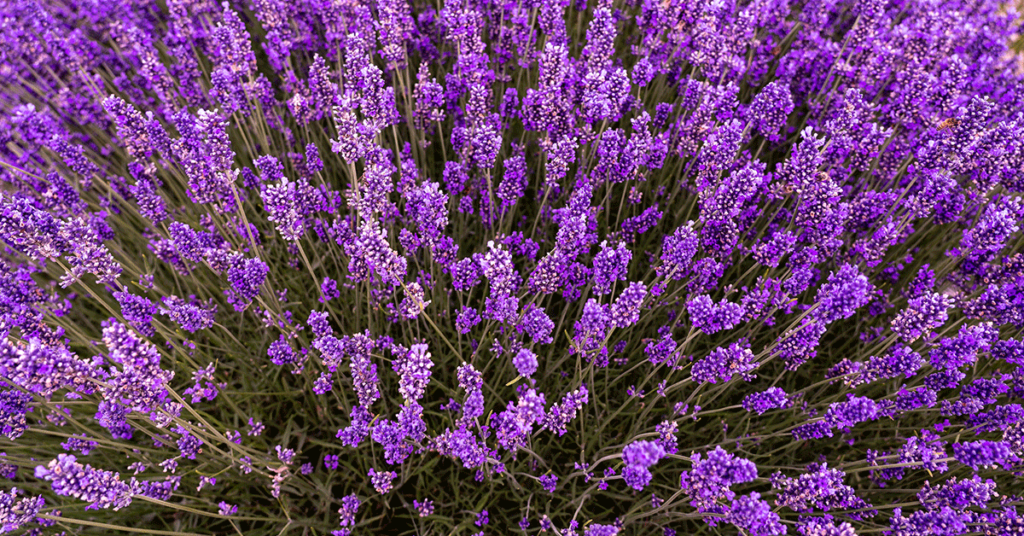
Lavender (Lavandula) is a fragrant herb known for its beautiful purple flowers. It attracts a variety of pollinators, including bees and butterflies, which are crucial for plant reproduction. Additionally, lavender attracts beneficial insects like hoverflies and predatory wasps that help control garden pests.
To grow lavender, plant it in full sun and well-drained soil. It thrives in dry conditions and requires minimal watering once established. Pruning after flowering helps maintain its shape and encourages new growth. Lavender’s aromatic blooms and pest control benefits make it a valuable garden plant.
Cosmos
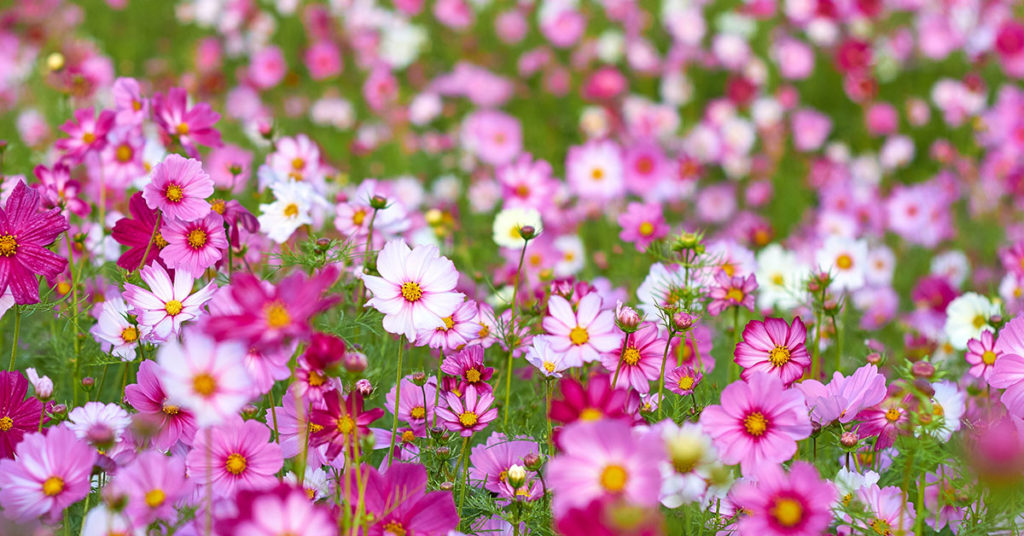
Cosmos (Cosmos bipinnatus) are cheerful, daisy-like flowers that come in shades of pink, white, and crimson. These flowers attract a range of beneficial insects, including bees, butterflies, and hoverflies. Hoverflies, in particular, are excellent predators of aphids, making cosmos a great choice for natural pest control.
Plant cosmos in full sun and well-drained soil. They are easy to grow from seed and require minimal care, just regular watering and deadheading to keep them blooming all season long. Cosmos add a touch of whimsy to your garden while supporting a healthy ecosystem.
Dill
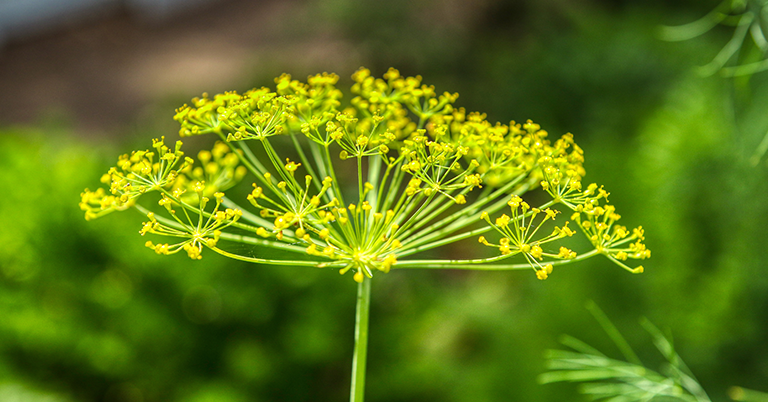
Dill (Anethum graveolens) is an aromatic herb with delicate yellow flowers that attract beneficial insects like ladybugs, lacewings, and parasitic wasps. These insects prey on aphids, caterpillars, and other garden pests. Dill is also a host plant for swallowtail butterfly larvae, adding another layer of biodiversity to your garden.
Plant dill in full sun and well-drained soil. It grows quickly from seed and requires regular watering. Dill can be prone to bolting in hot weather, so succession planting can help maintain a continuous supply. Its pest control benefits and culinary uses make dill a versatile addition to your garden.
Sunflower

Sunflowers (Helianthus annuus) are iconic flowers known for their large, sunny blooms. They attract a variety of beneficial insects, including bees, butterflies, and predatory beetles. Bees and butterflies help pollinate other plants in your garden, while predatory beetles help control pests like aphids and caterpillars.
To grow sunflowers, plant the seeds in full sun and well-drained soil. They require regular watering, especially during dry periods. Sunflowers’ towering beauty and ability to support beneficial insects make them a fantastic addition to any garden.
Alyssum
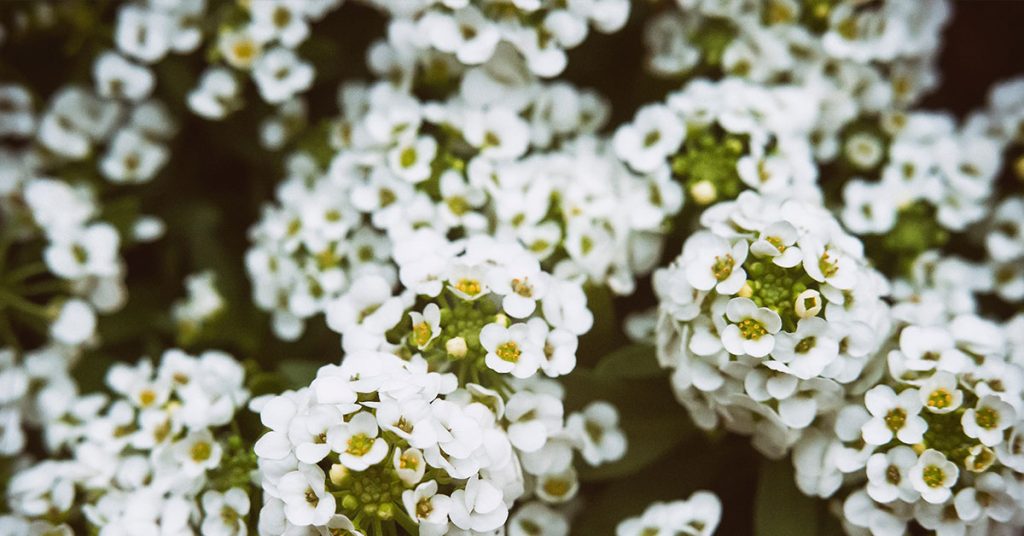
Alyssum (Lobularia maritima) is a charming, low-growing plant with clusters of tiny, sweet-smelling flowers. These flowers attract beneficial insects like hoverflies and predatory wasps, which help control aphids and other garden pests. Alyssum also attracts bees and butterflies, adding to its ecological benefits.
Plant alyssum in full sun to partial shade and well-drained soil. It requires minimal care, just regular watering and occasional deadheading to encourage continuous blooming. Alyssum’s delightful fragrance and pest control benefits make it a wonderful addition to your garden.
Calendula

Calendula (Calendula officinalis), also known as pot marigold, is a bright and cheerful flower with vibrant yellow and orange blooms. It attracts beneficial insects like ladybugs and hoverflies, which help control aphids and other pests. Calendula’s sticky stems can also trap small pests, reducing their numbers in your garden.
Plant calendula in full sun to partial shade and well-drained soil. It is easy to grow from seed and requires regular watering and deadheading to keep blooming. Calendula’s sunny disposition and pest control properties make it a valuable garden flower.
Coneflower
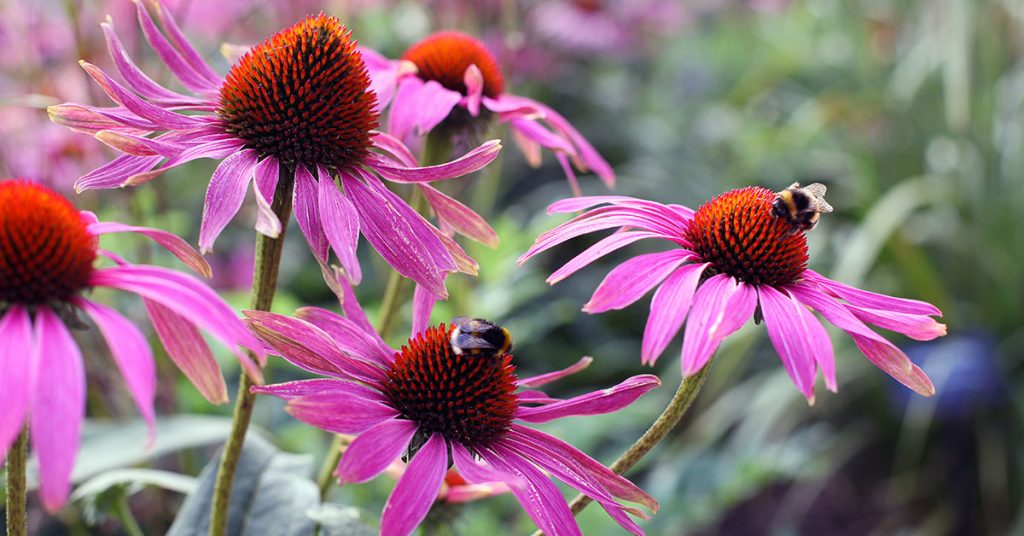
Coneflower (Echinacea) is a hardy perennial with striking, daisy-like flowers that come in shades of purple, pink, and white. It attracts a variety of beneficial insects, including bees, butterflies, and parasitic wasps. These insects help pollinate your garden and control pests like caterpillars and beetles.
Plant coneflowers in full sun and well-drained soil. They are drought-tolerant and require minimal maintenance once established. Deadheading spent flowers can encourage additional blooms. Coneflowers’ vibrant blooms and ecological benefits make them a must-have for any garden.
